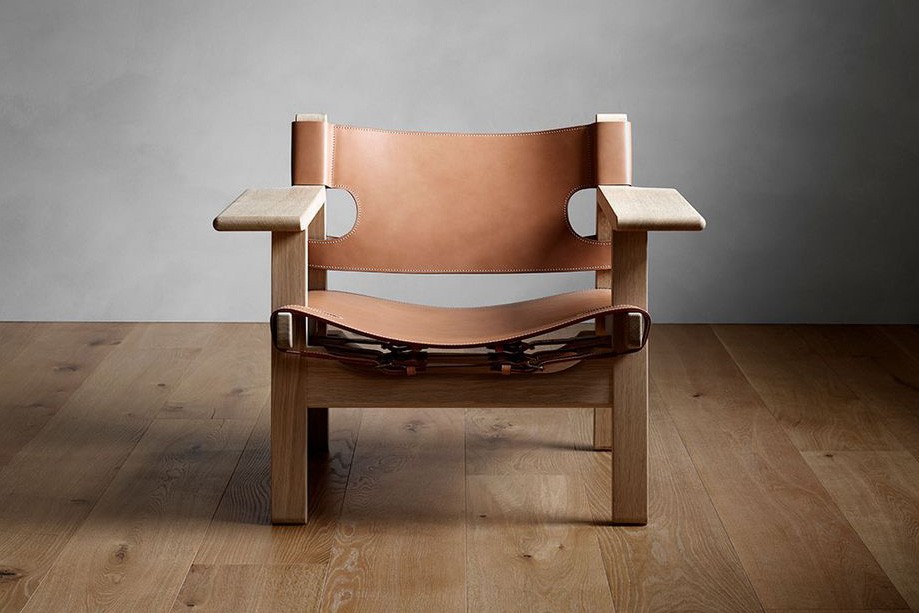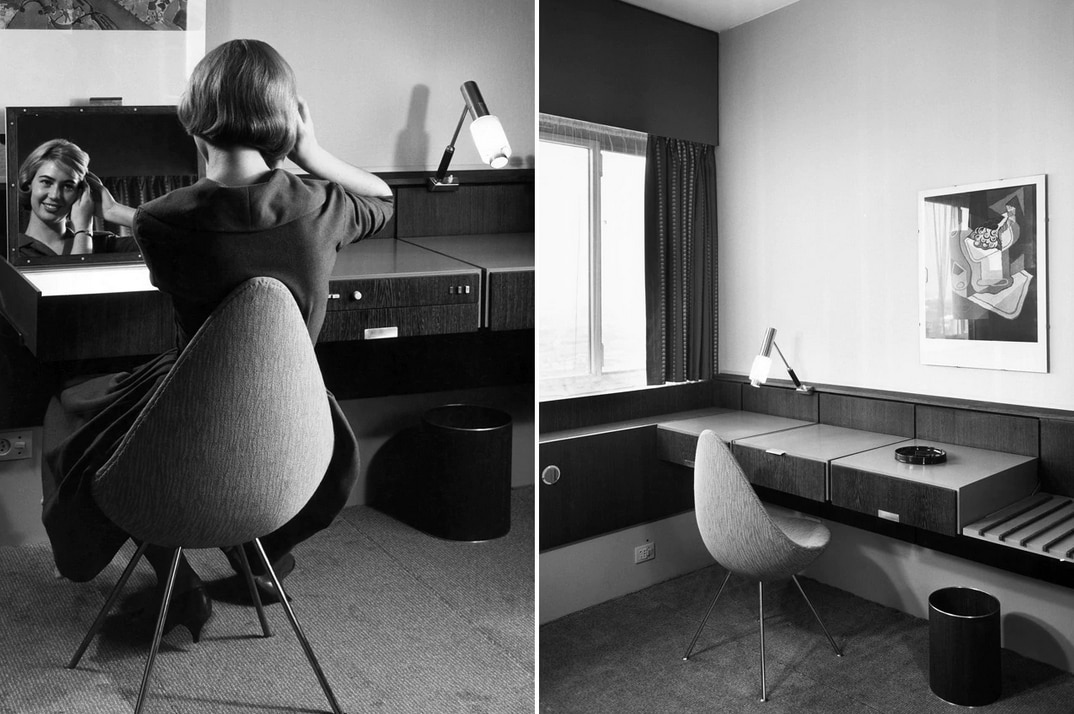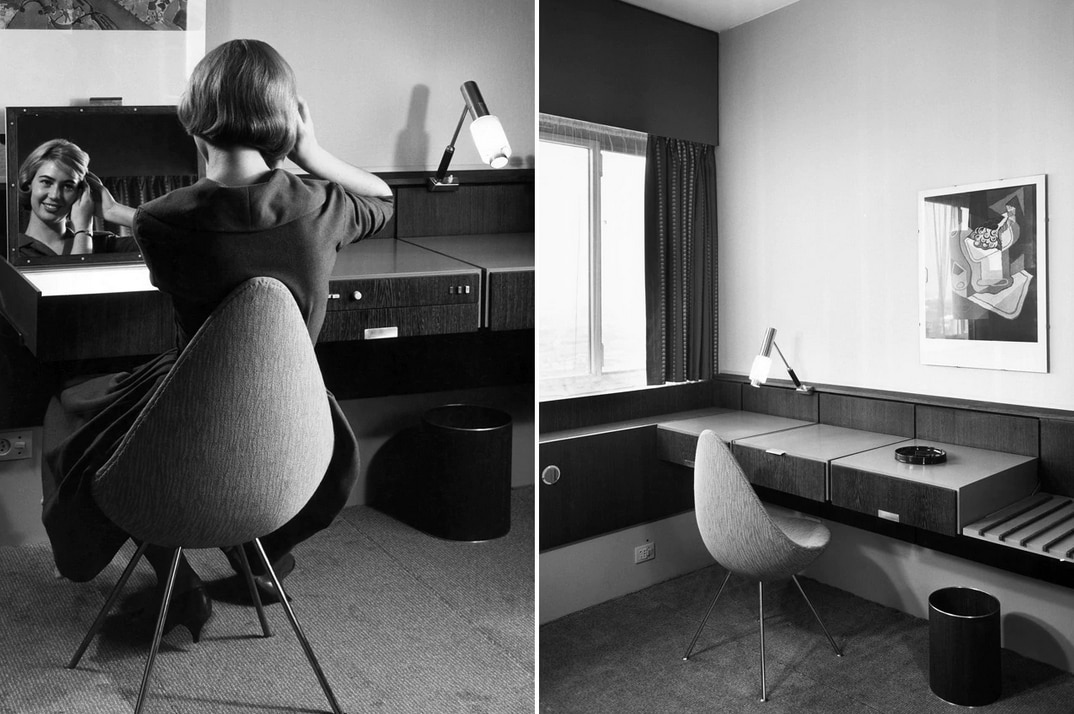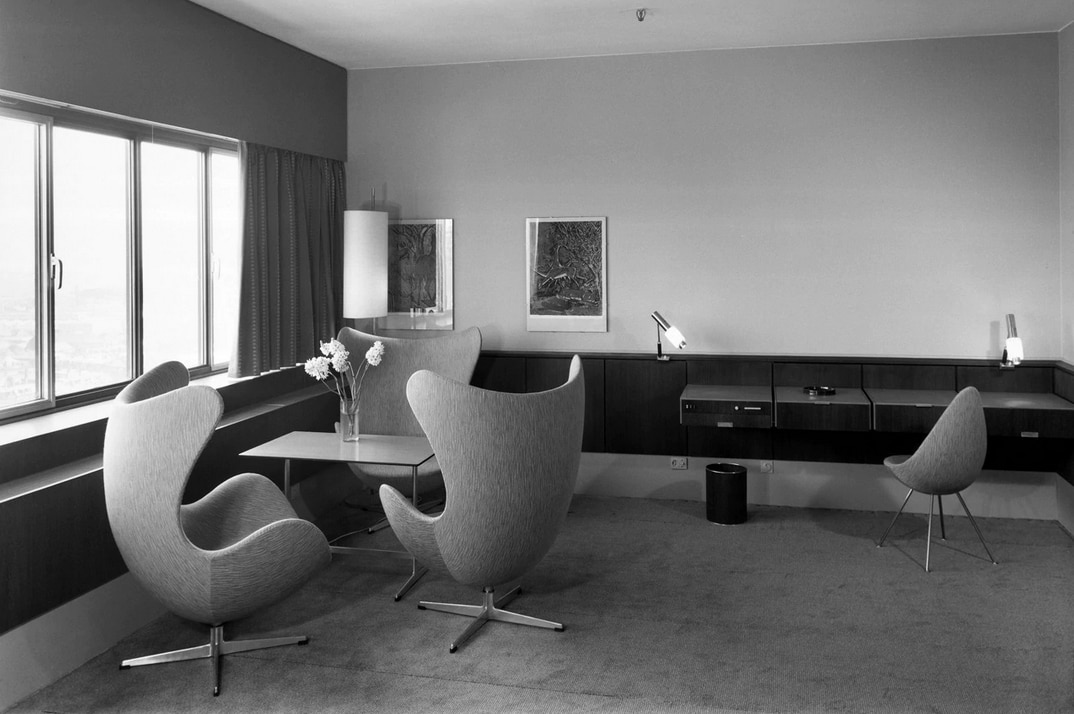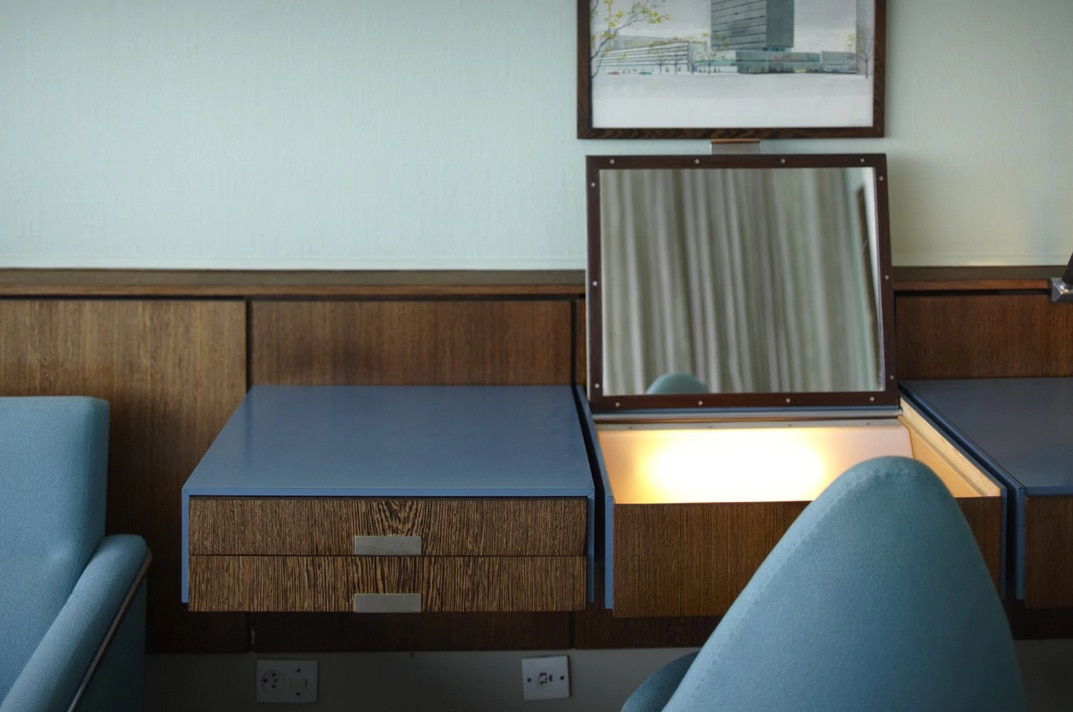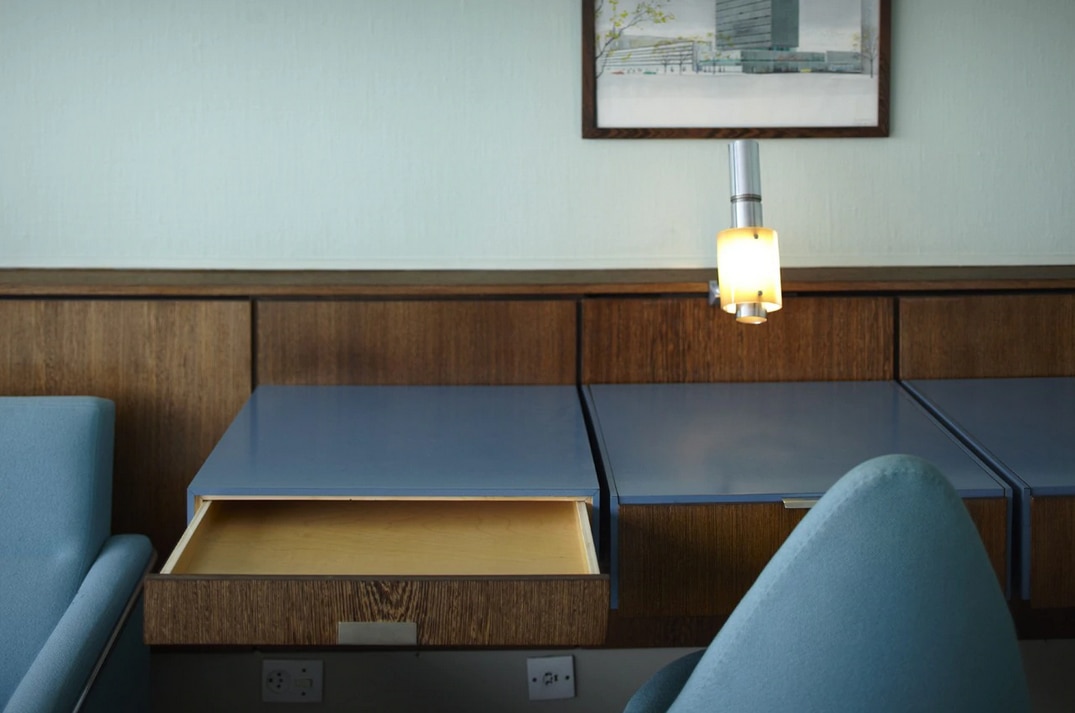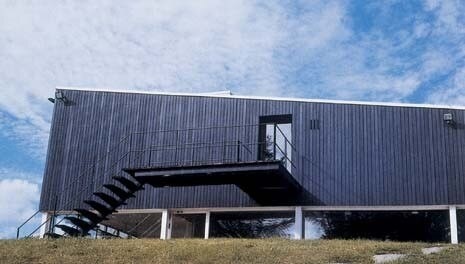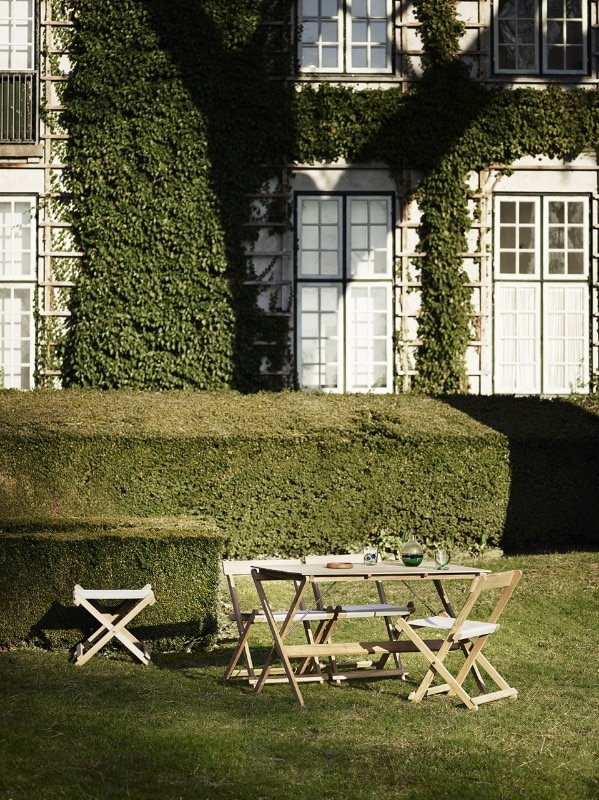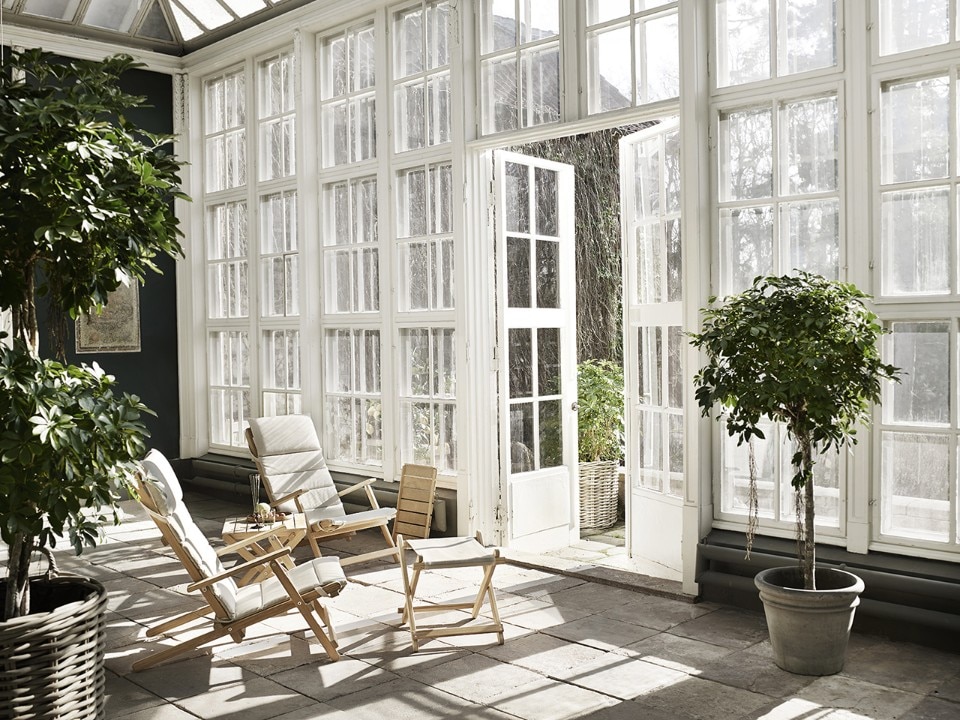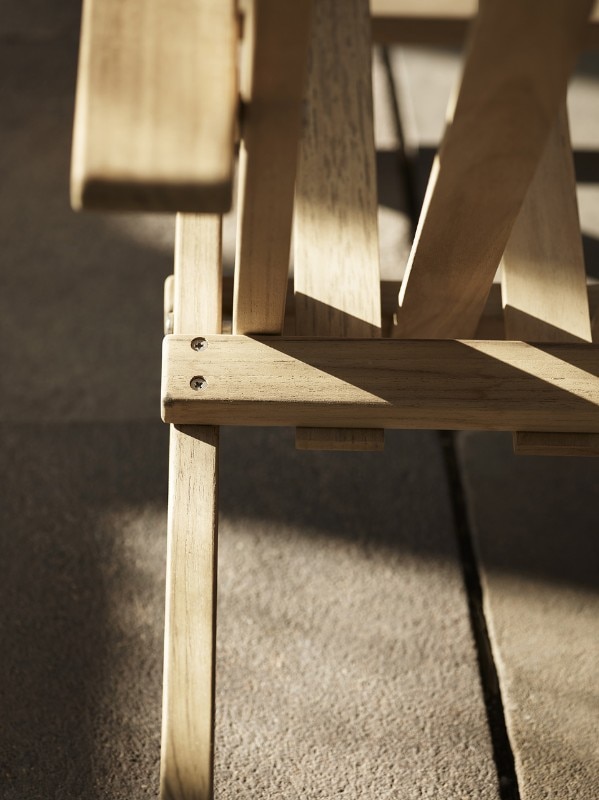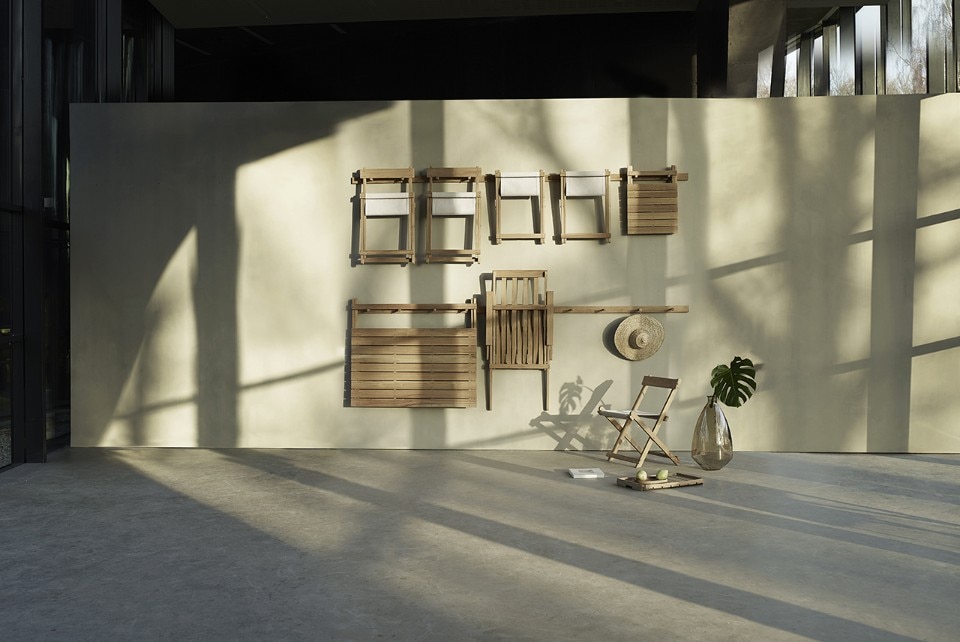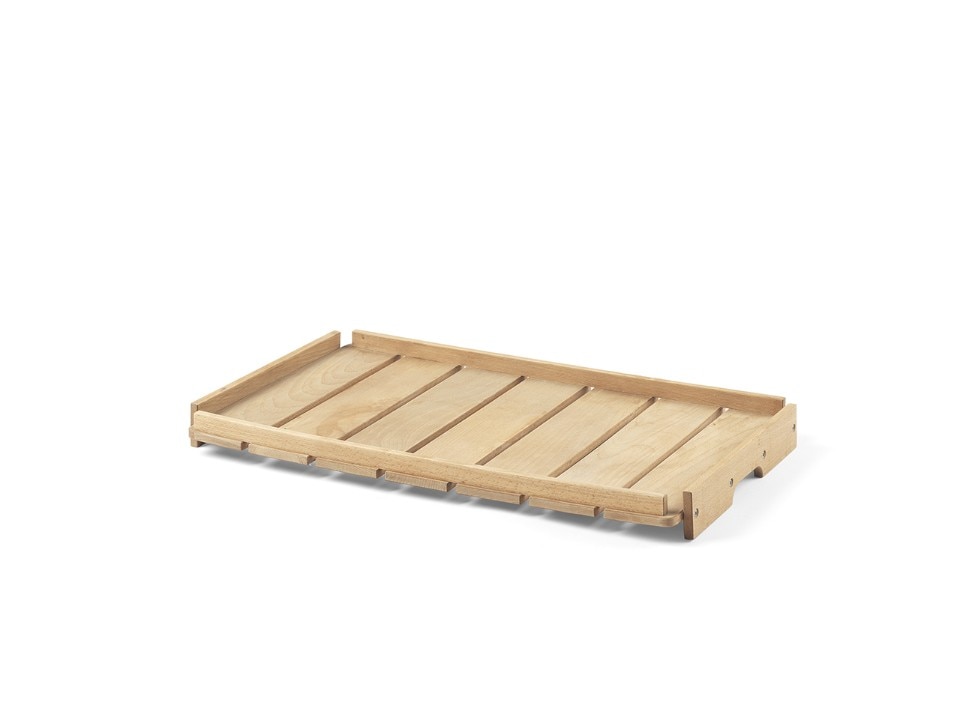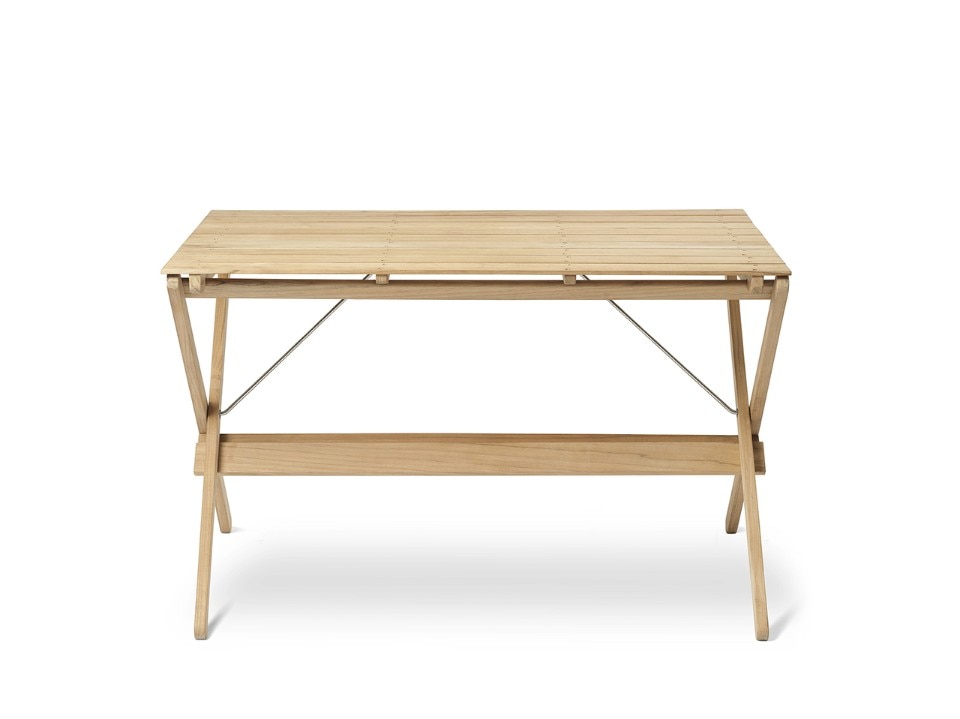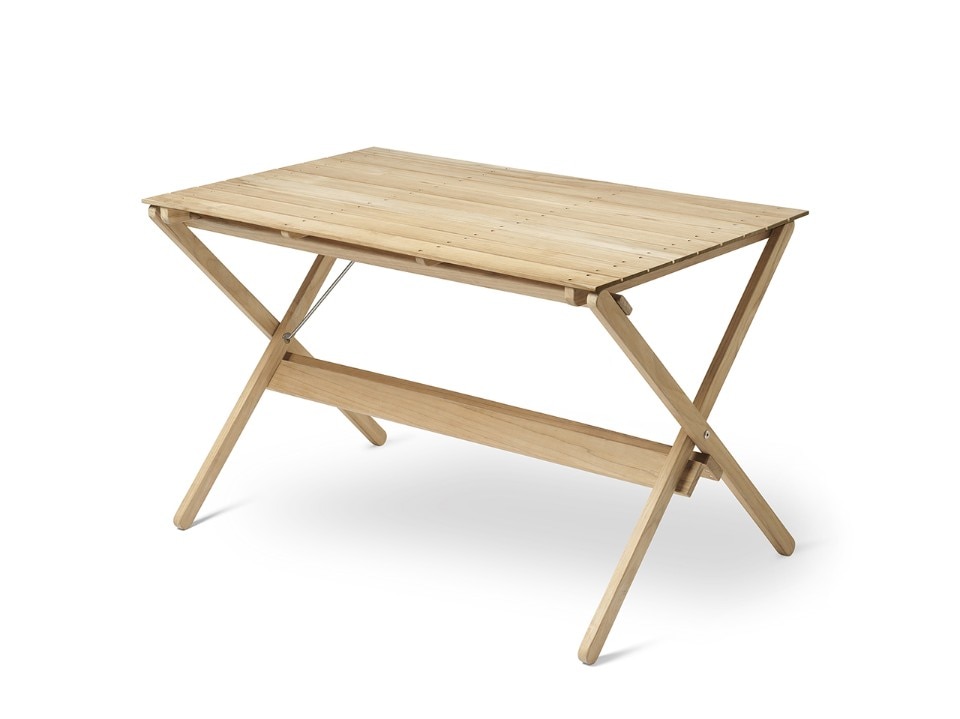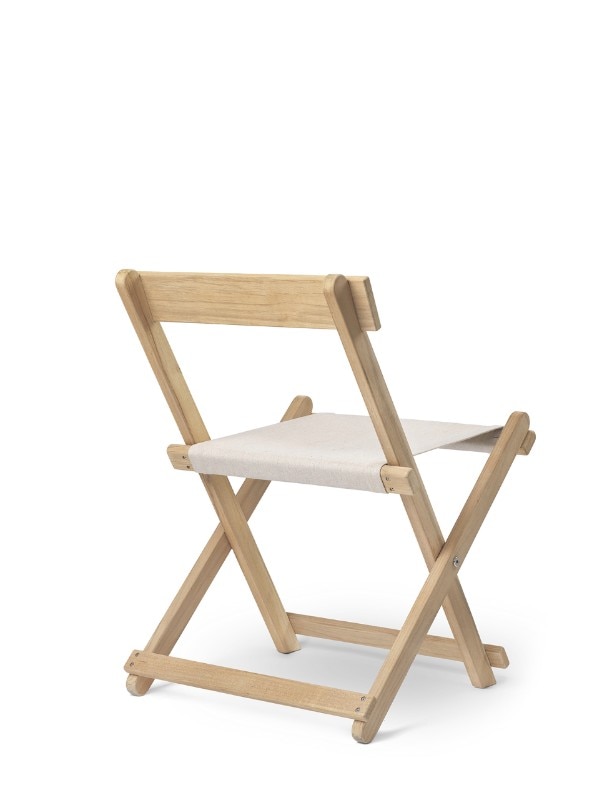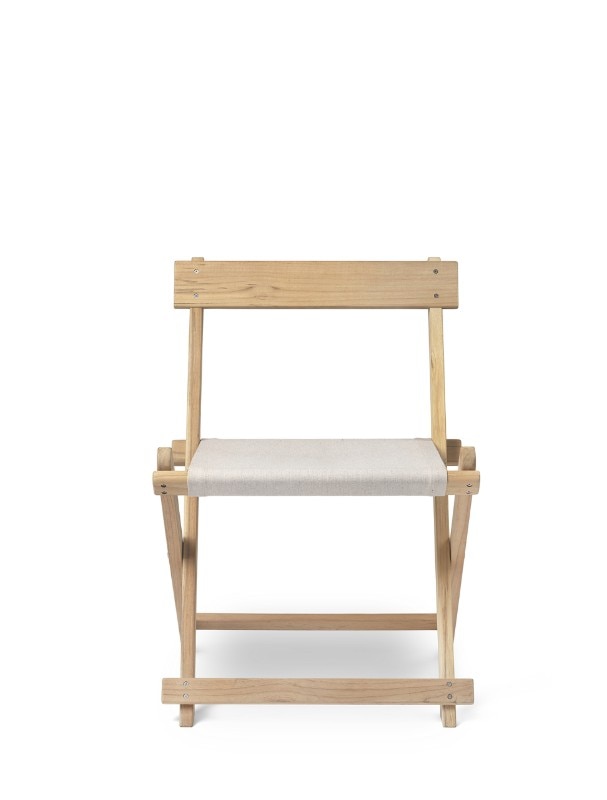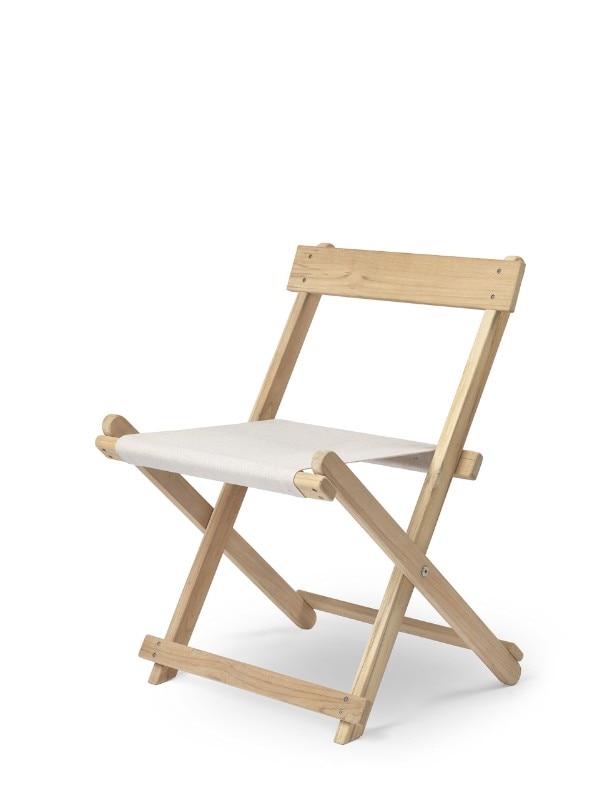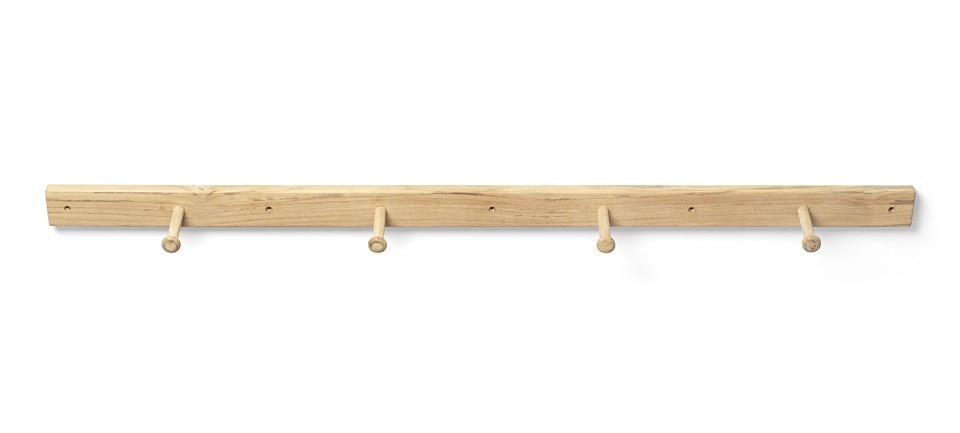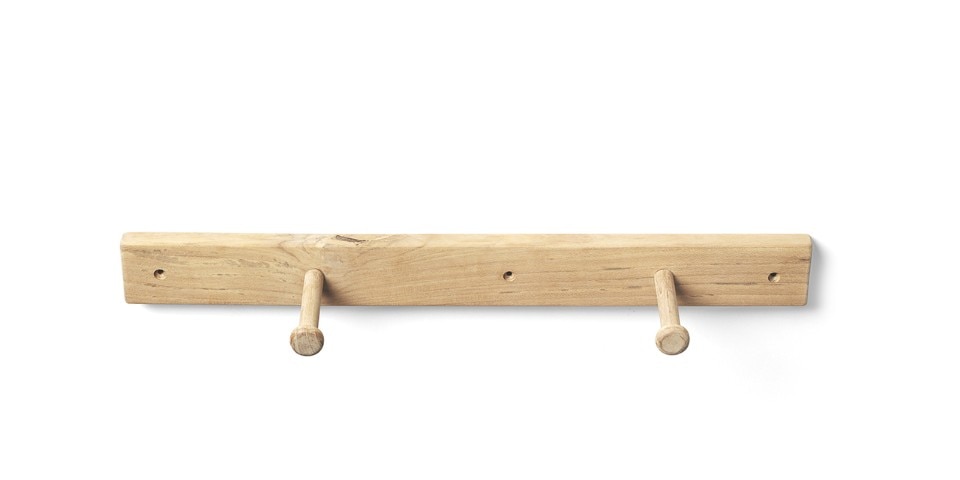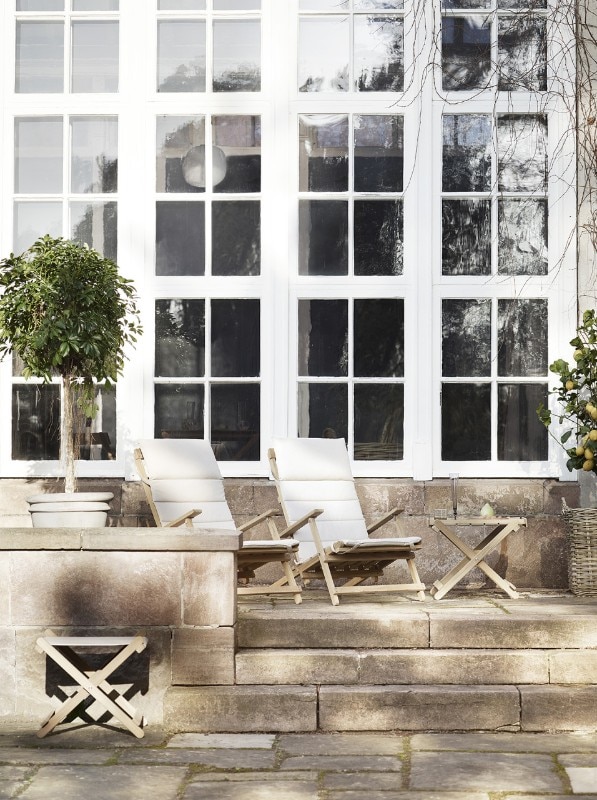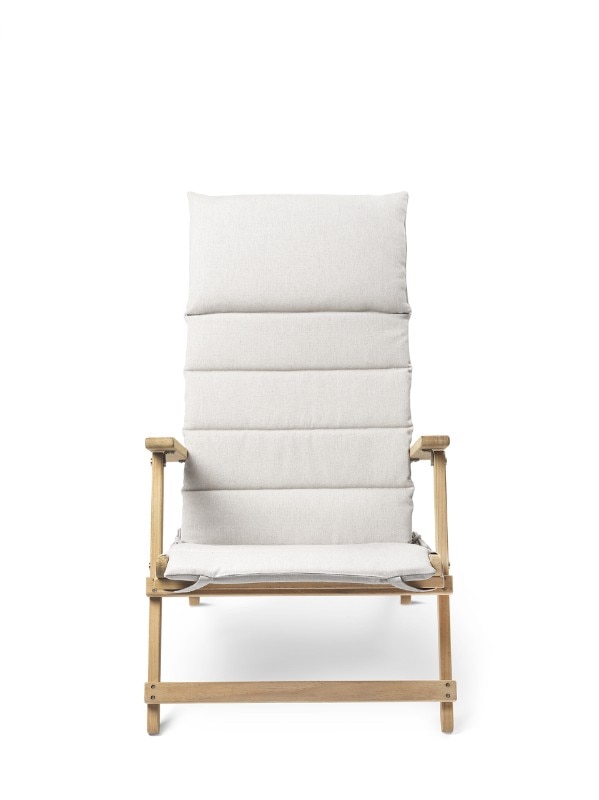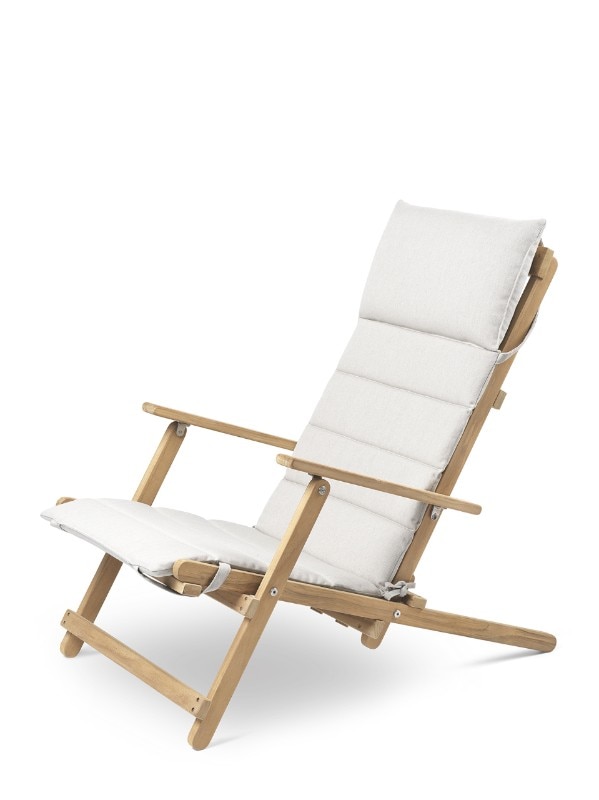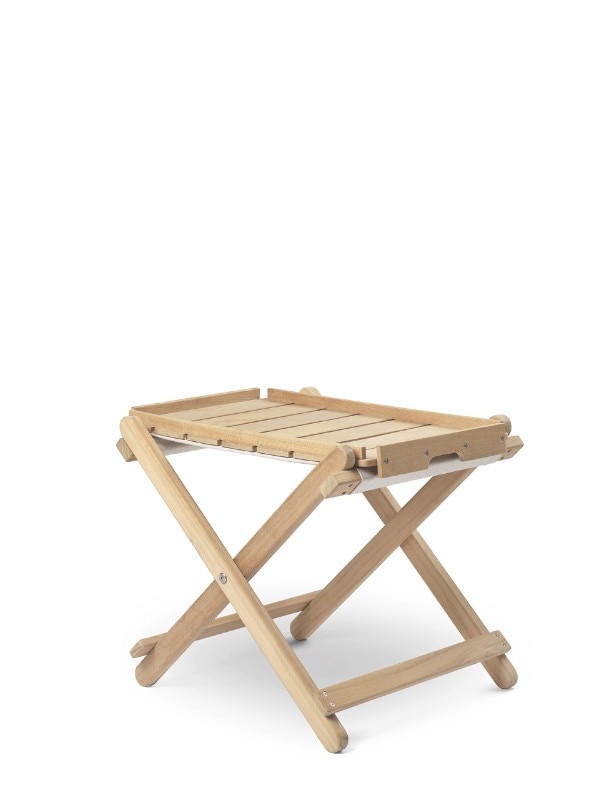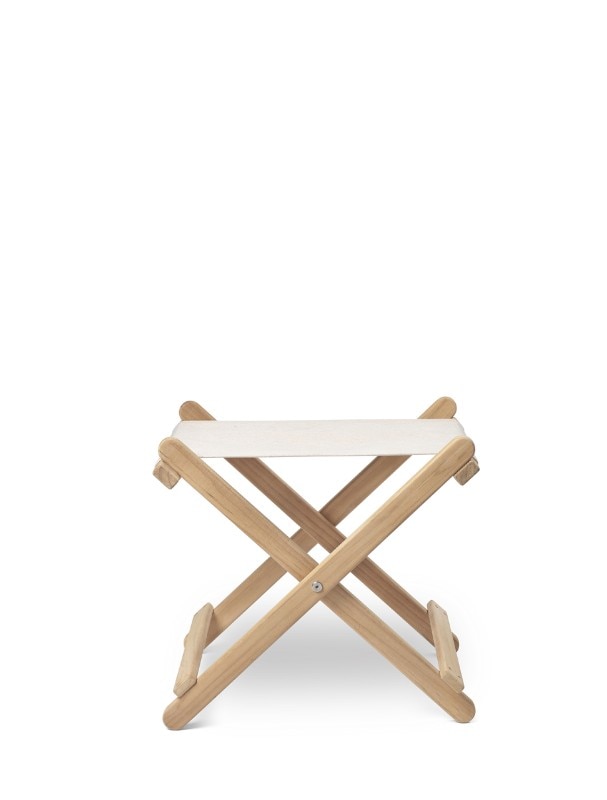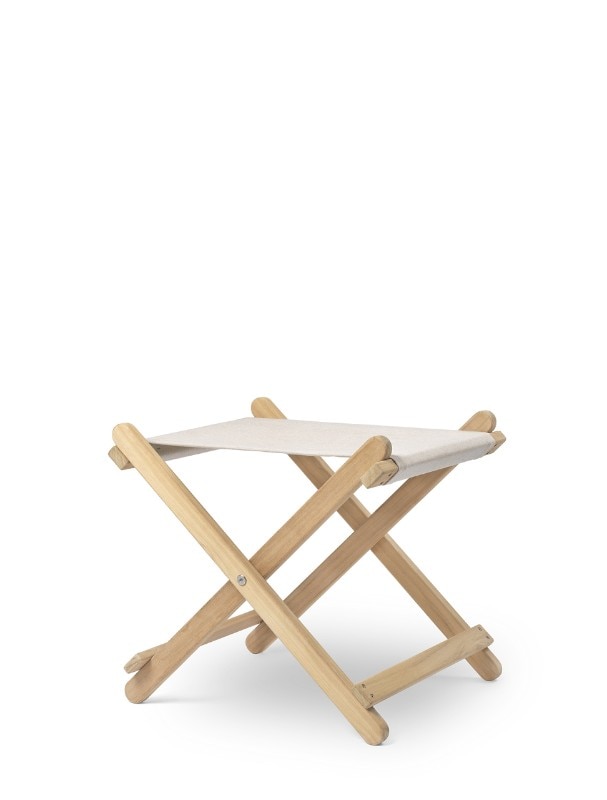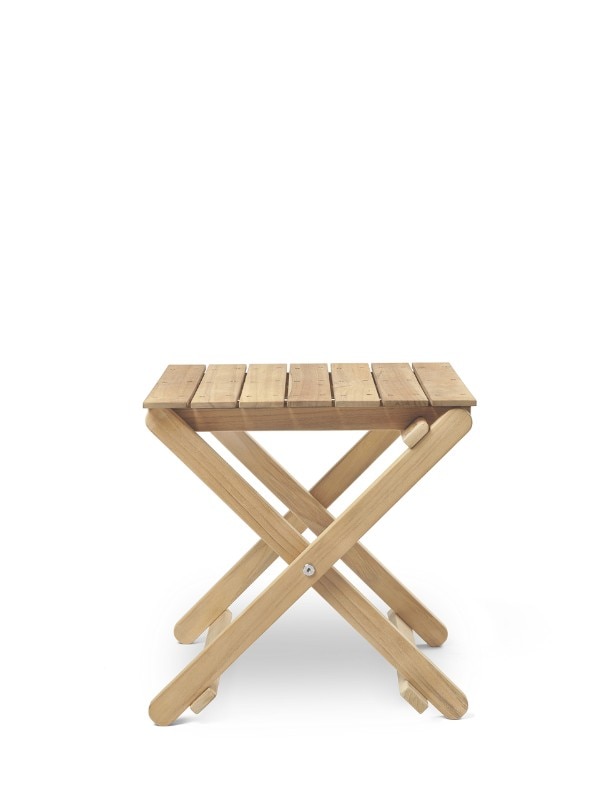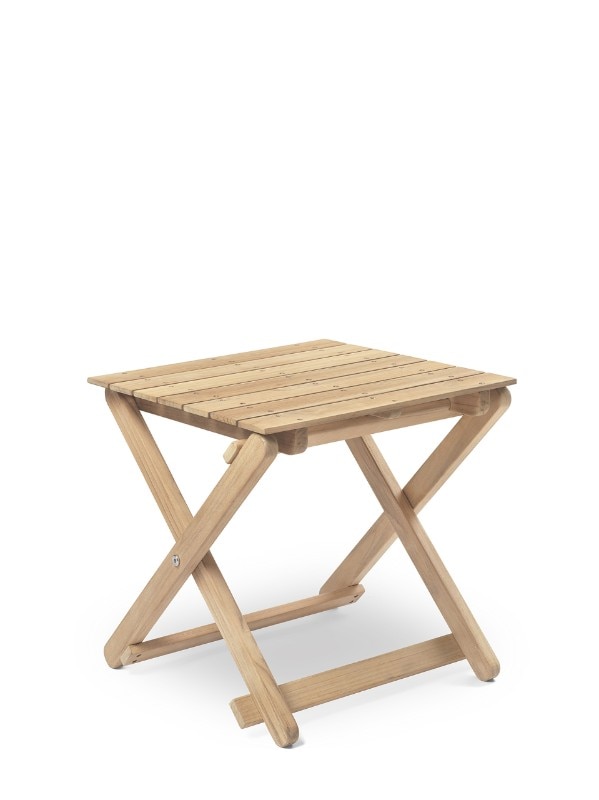There’s a quiet elegance to Nordic design. A beauty that requires no special effects. No dramatic flair. No loud proclamations. Just objects that exist in the world with discretion and grace, evoking a sense of balance that moves us. Perhaps that’s why we’ve been drawn to it for decades: it’s functional without being cold, essential without being sparse, democratic without being anonymous.
It all began in the 1930s and 1950s, in a post-war Europe focused on rebuilding. The Nordic countries, surrounded by powerful and unyielding nature, understood earlier than most that design could become a universal language. Architects and designers like Alvar Aalto, Hans Wegner, Arne Jacobsen, Finn Juhl, Børge Mogensen, and Poul Kjærholm each had their own unique style, but they shared a common vision: beauty is not an end in itself, but a result of the delicate balance between form, function, and context.
They didn’t seek spectacle. They sought real life – the home we actually live in, the wood we touch, the light that shifts throughout the day, and the body that sits and moves. Their chairs are designed to listen, not overpower. Their tables welcome without judgment. These are pieces of furniture that don’t clutter; they accompany us, like a good travel companion.
We’re tired of excess, noise, and meaninglessness.
The Nordic design revolution didn’t come through a break with the past, but through a gentle transformation. The influence of European rationalism is clear, but it’s filtered through a more organic, tactile sensibility. Unlike the rigid geometries of Bauhaus, here soft curves, flowing surfaces, and natural materials speak for themselves. This is a modernity that embraces warmth – unafraid of emotion.
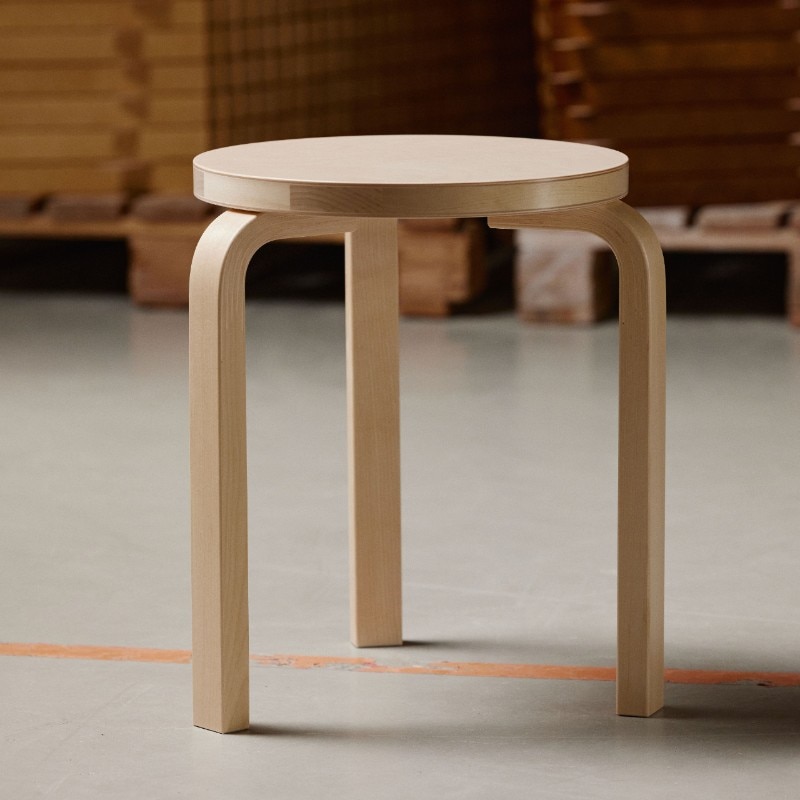
Yet, beneath this apparent simplicity lies a deep theoretical foundation. Scandinavian design was born from a profound belief in democracy and social equality. It’s no coincidence that many of its pioneers trained in environments that valued universal access to quality. Design becomes a right, not a luxury. It’s not just about aesthetics; it’s about ethics, too.
Respect for nature – a key tenet of Nordic culture – shows in the choice of materials, production methods, and the longevity of objects. It’s not just about sustainability; it’s about a true partnership with the environment. Wood isn’t hidden away but celebrated. Natural light is a precious resource, maximized with light colors, matte finishes, and airy volumes. Nature isn’t just a material; it’s an inspiration, a presence, a model.
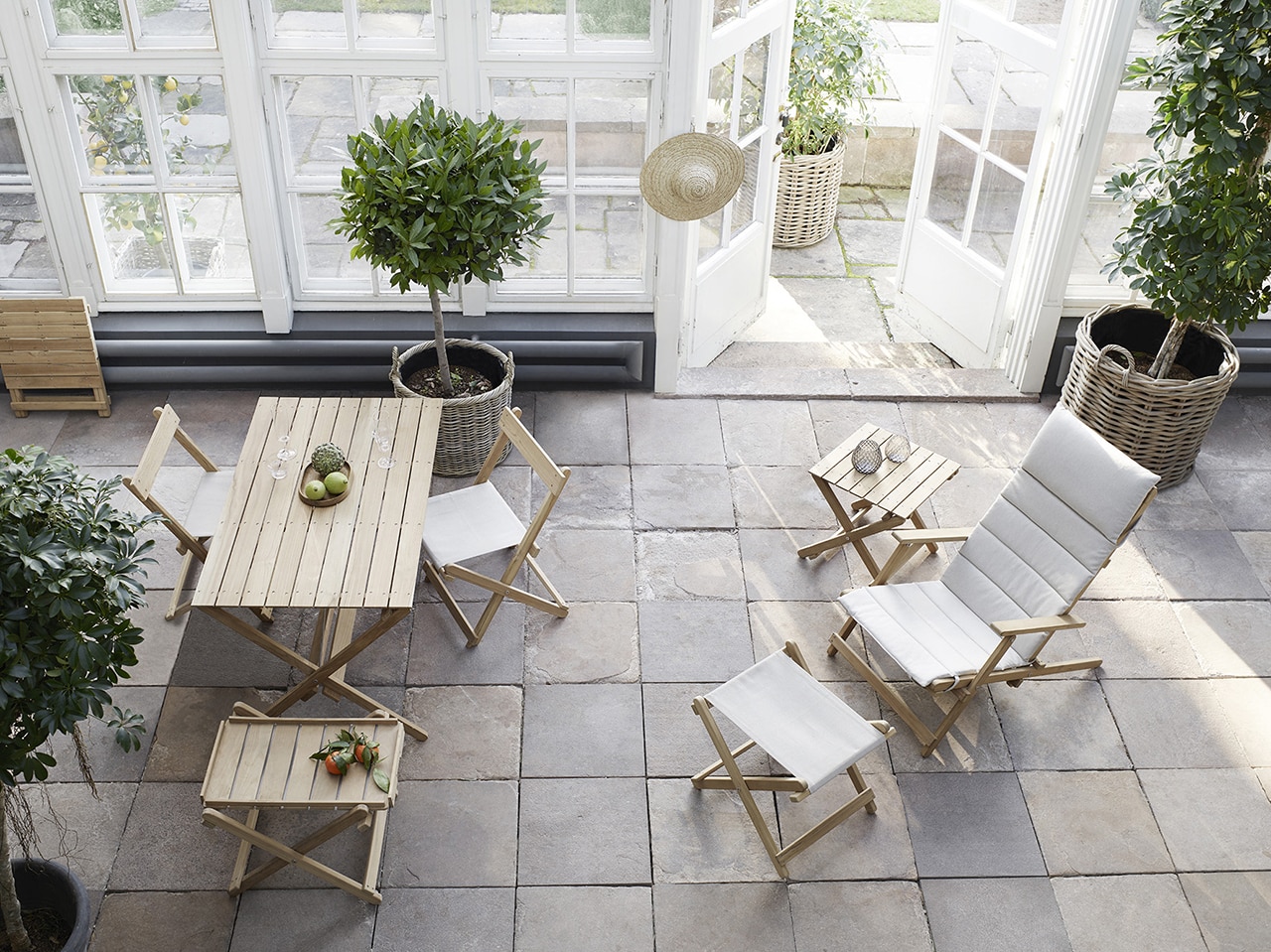
 View gallery
View gallery
Thanks to the Milan Triennials, Nordic design began to gain a foothold in Italy, amplifying its visibility and prestige. Sweden was featured in the 8th Triennale in 1947, followed by Denmark and Finland in 1951, and Norway in 1954. Subsequent editions cemented the Nordic countries’ international success, with collective promotion proving its power. Articles in magazines like Domus and Interiors further sparked curiosity and interest.
In 1955, Maddalena De Padova introduced Finn Juhl’s furniture to Milan – a pioneering move that set the stage for Scandinavian design to make its way into Italian interiors.
Aalto’s chairs, Louis Poulsen’s lamps, and Marimekko fabrics began to appear. They speak a language that’s different from ours, yet they manage to communicate effortlessly, evoking echoes of forests, snowy silences, and sophisticated simplicity.
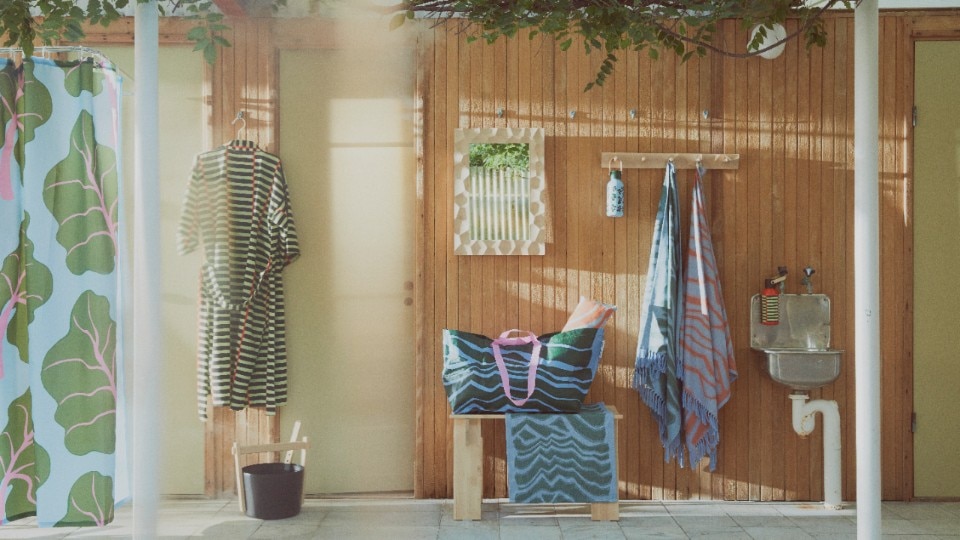
Despite their differences in language, geography, and environmental conditions, the Scandinavian countries presented themselves as a cohesive entity. What united them was an ethical vision of design: the idea that everyday beauty could improve quality of life. It was a democratic approach aimed at collective well-being through affordable, thoughtful, and honest products.
Even today, Scandinavian companies and designers look back on that period – the golden age of Nordic design – as a legacy to honor. Simplicity and clarity remain core principles. And that visceral connection to nature continues to define their identity, not only in materials but in the forms, rhythms, and silences they evoke.
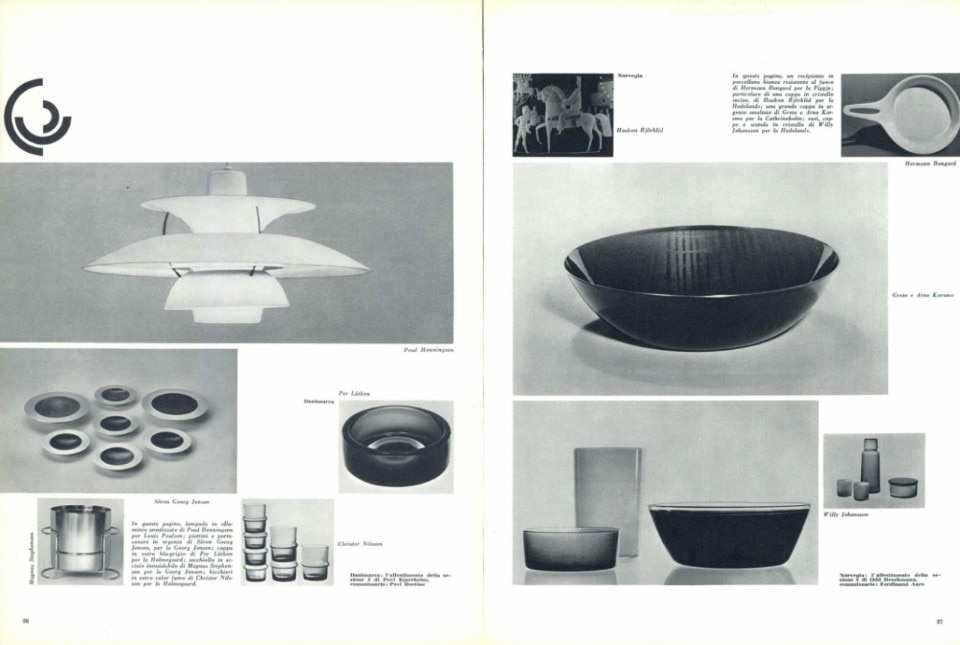
In a world flooded with images, fleeting objects, and fast consumption, this model speaks to us more than ever. We long for enduring, real-world design. We’re tired of excess, noise, and meaninglessness.
Nordic design offers us another time and space. A calm space, bathed in light. A slower pace, made up of everyday gestures. It’s not nostalgia; it’s a longing. A longing to inhabit the world more authentically. To surround ourselves with objects that accompany us without imposing themselves. Objects that grow old with us.
That’s why it continues to captivate us. It offers us, without pretense, a type of beauty that never goes out of fashion – the beauty of moderation, intelligence, and empathy. And it reminds us, every day, that living well doesn’t mean having more – it means living better.


